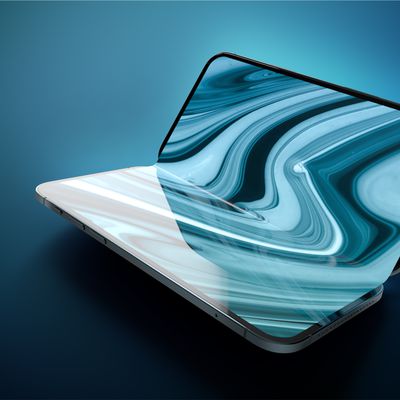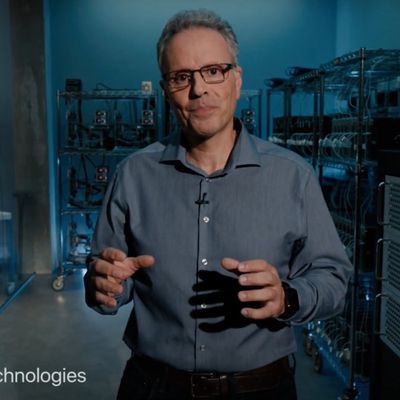Apple's custom silicon chips will begin to be manufactured in the United States at an accelerated pace as TSMC adjusts its timelines, although the chips produced domestically will be limited to older models for the foreseeable future, Nikkei Asia reports.
![]()
Exclusive Apple chip supplier TSMC has confirmed that future fabrication facilities in the United States will be brought online more quickly than its first Arizona-based plant, which was beset by delays. TSMC now expects new U.S. plants to take no more than two years to complete, a significant improvement over the five-year timeline required for its initial facility. Despite the expedited pace, the chips produced in these new plants will not power Apple's latest models, as the most advanced fabrication processes will remain exclusive to TSMC's operations in Taiwan.
The company's first U.S. plant, located in Phoenix, Arizona, began construction in 2020 and is expected to begin production in 2025. This facility is configured to produce chips using TSMC's N4 process, which is part of the broader 5-nanometer node family. This generation includes the A16 Bionic chip, originally introduced in 2022 with the iPhone 14 Pro and later used in the iPhone 15, iPhone 15 Plus, and the latest entry-level iPad. The S9 chip used in the Apple Watch Ultra 2 is also an N4 chip. These chips are no longer at the top of Apple's product line technologically and their production today simply supports continued manufacturing of the company's older or lower-end models.
TSMC has announced plans for a second Arizona plant that will support production of 3-nanometer chips, currently the most advanced node in mass production and used for chips like the A17 Pro, M3, A18, and M4. However, this second facility will not begin operations until 2028, at which point Apple's mainstream devices will likely have moved to 2-nanometer or more advanced silicon.
A third facility, expected to produce chips with the 2-nanometer process, is planned for completion before the end of the decade, though TSMC has not committed to a specific timeline beyond "before 2030." Analyst Ming-Chi Kuo expects the first 2nm Apple chip to be the "A20," debuting in the iPhone 18 lineup next year, again suggesting that the U.S. chips will lag well behind the technological requirements of future high-end Apple devices.
The disparity between US and Taiwanese chip production timelines is partially a result of TSMC's longstanding technical and organizational infrastructure in Taiwan, where all research and development continues to take place. The company's semiconductor dominance is also considered by some analysts to act as a "silicon shield," deterring potential military aggression from China by making Taiwan's stability a matter of international economic importance.
Note: Due to the political or social nature of the discussion regarding this topic, the discussion thread is located in our Political News forum. All forum members and site visitors are welcome to read and follow the thread, but posting is limited to forum members with at least 100 posts.
























